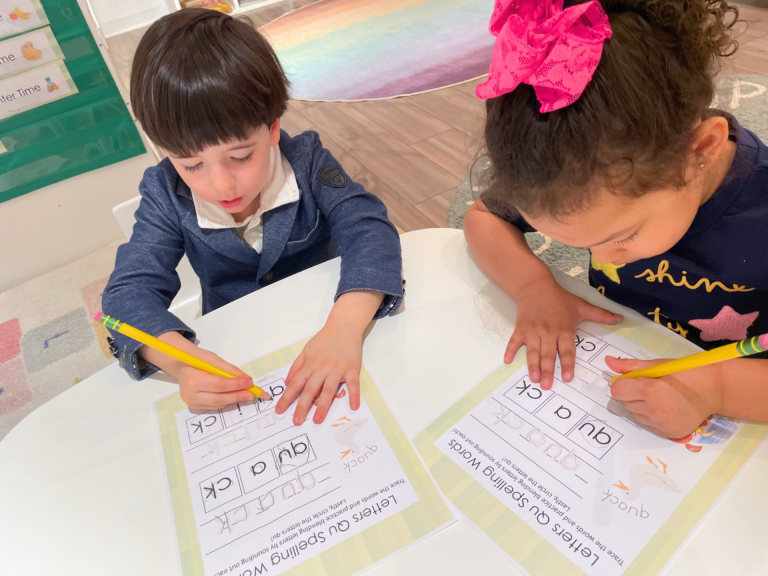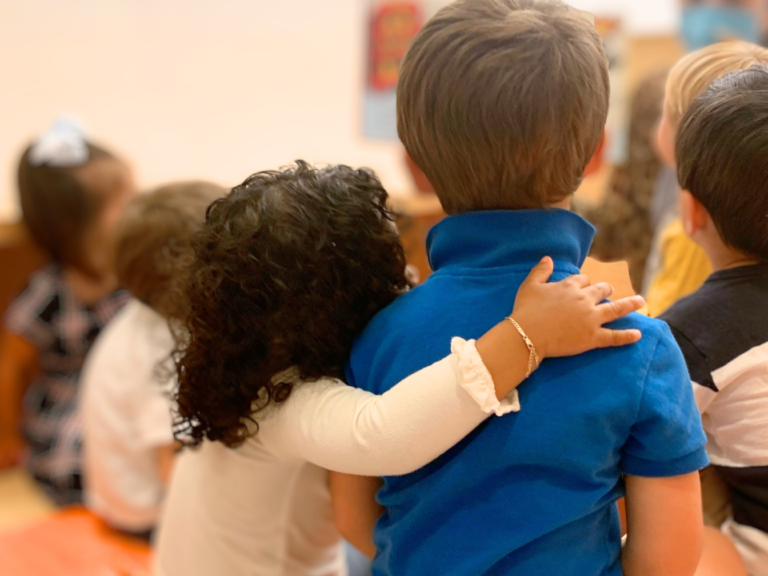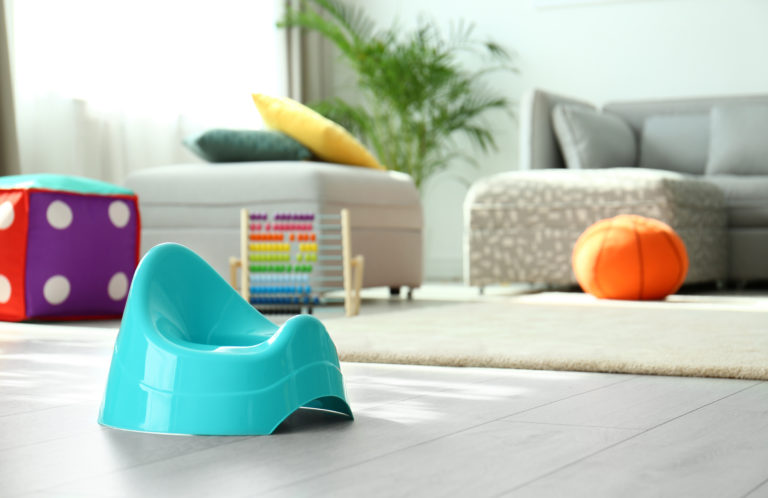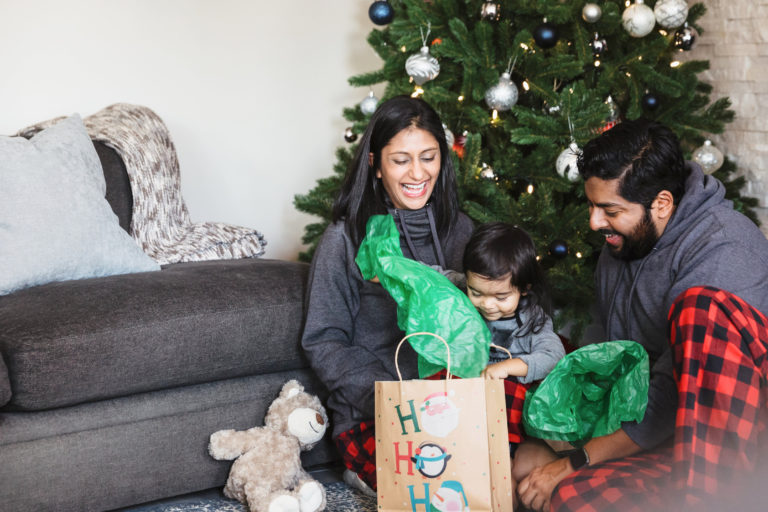How to Bathe a Newborn
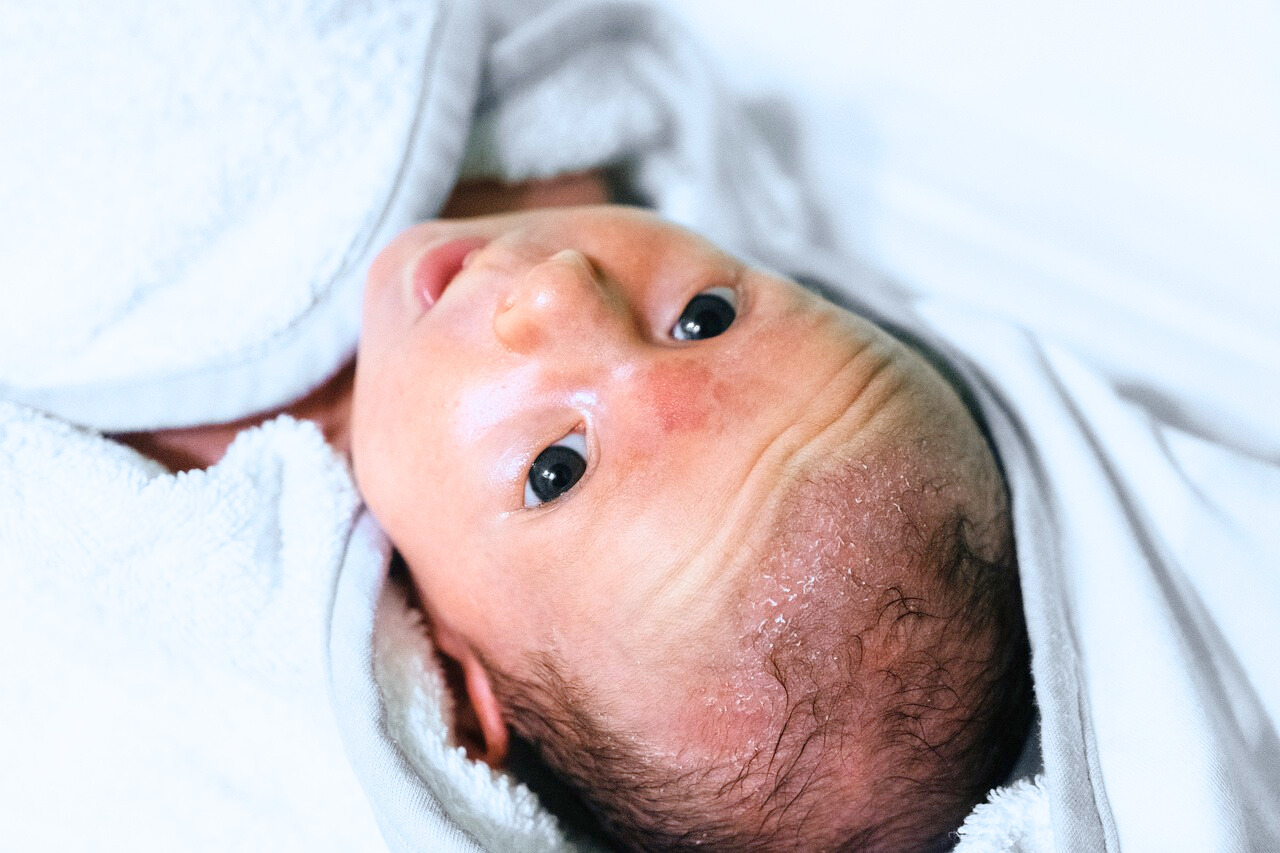
Congrats on your new bundle of joy! As a new parent in the midst of baby bonding, all the exciting firsts are about to unfurl, including the very first baby bathtime.
The World Health Organization “recommends delaying baby’s first bath until 24 hours after birth – or waiting at least 6 hours if a full day isn’t possible for cultural reasons.”
Waiting to Bathe Your Newborn
- Newborn babies have very delicate skin, especially those born premature. The white substance newborns may have on them after birth, called vernix, protects and moisturizes their skin.
- Newborns need time to get warm and assimilate to the new environment they are in. If they are bathed right away, they risk developing hypothermia or hypoglycemia. The first few hours after your little one is born is crucial baby bonding time. This is the time as a new parent to hold your little one close – this has also shown to boost success with breastfeeding.
- About 12 hours after birth, you can give your little one their first sponge bath. You won’t need an infant tub for a couple weeks, as you want to only give sponge baths until the umbilical cord stump has fallen off. After their first sponge bath, you can bathe your newborn about every other day – they won’t need a regular bath until they’re a bit more active.
What Will I Need?
It’s important that you have everything you need for your newborn’s baby bathtime at the ready, because you do not want to leave your newborn unattended. So before you start, make sure your bathing space is set up, complete with:
- Bowl of warm water (~100 degrees Fahrenheit/~38 degrees Celsius)
- Baby body wash/shampoo
- Two washcloths
- A fresh dry towel
- Cotton balls
- A new diaper
- Clean clothes
- Lotion
Bath Time: Your newborn may or may not enjoy their baby bathtime, but if you feel confident about the steps to getting them clean and dressed while making them feel safe, both of you are more likely to have an easier time. Having a partner or someone nearby as an extra set of hands can also help baby bathtime go much more smoothly, so your little one is constantly being held – important for both baby bonding and your little one feeling safe.
When you are ready, with your newborn still dressed and in your arms:
- Start by getting a washcloth or cotton ball damp in the warm water.
- Clean your newborn’s eyelids from inside corner out, using a different corner of the washcloth or a new cotton ball for each eye.
- Dampen another corner of the washcloth or a new cotton ball.
- Clean their nose, just around and outside.
- Dampen a fresh corner of the washcloth or a new cotton ball.
- Clean only the outside of your newborn’s ears – ear wax comes out on its own.
Time to Shampoo: This is when two sets of hands are most beneficial.
While supporting your little one’s spine and head:
- Get their hair and scalp damp by sprinkling their head with warm water and one drop of shampoo/body wash.
- Gently scrub your little one’s head, lathering some bubbles. If you feel nervous about washing your little one’s soft spot, no need to worry – you will not hurt them by gently washing the spot.
- Use another damp washcloth to rinse their hair.
- Dry their head with a dry towel.
Body Wash: If your little one had a hard time with the first part of their baby bathtime, we recommend new parents take a break before washing their baby’s body. Even just a couple minutes in your arms will help them regulate before getting through the rest of their bath (and is so important for baby bonding).
When you are ready:
- Undress your newborn and lay them on their back on a fresh dry towel – warmed if possible.
- Use about a drop of mild baby body wash on a damp washcloth.
- Gently wash down the front of your little one, avoiding the umbilical stump, and cleaning between folds of skin where milk or spit-up can build up.
- As you rinse off the soap with another washcloth, try to dry your little one with the dry towel underneath them.
- To clean your baby’s back, gently flip them over and turn their head to the side.
- Wash down the back of your little one’s body, washing their genitals and bottom last.
Drying Off: Take extra care to dry your little one’s skin folds and creases to make sure they get completely dry. Apply lotion to your little one after they are dry and warm. After lotion, they are ready for a diaper and fresh clothes.
Now I haven’t had a lot of experience bathing newborns, but my mom, a mother of 5, has given her fair share of baths to newborns and babies. I asked for any advice she has for new parents giving their very first baby bathtime:
“I think the most important thing about the bath is that the baby is warm. Warm up the room if possible. And keep your hands on them the whole time to help them feel safe. And when you’re finished, wrap them and snuggle them before getting to the dressing.”
We here at Playgarden Prep wish you the safest, most baby bonding baby bathtime possible for this important first! Be sure to check out Playgarden Online for more parenting tips for new parents, preschool activities, online homeschooling, and more!
Reference Articles:
Popular


Hi, I'm Miss Julia!
Miss Julia has been an early childhood educator for 5 years, with over 10 years of experience working in childcare. She has been teaching at Playgarden Prep since 2017, and is happy to share ideas on some of her favorite early education topics with you! Miss Julia has a BA from UC Irvine, and uses her experience in performing arts to inspire little ones every day in her enrichment classes at Playgarden. In her free time, Miss Julia loves enjoying nature, cooking, and creating with friends.

